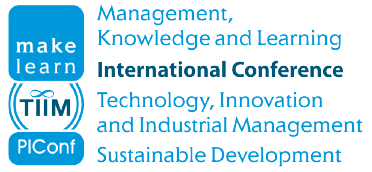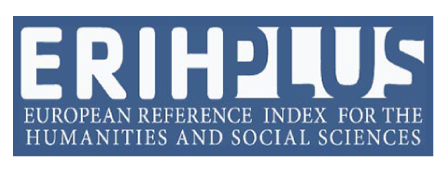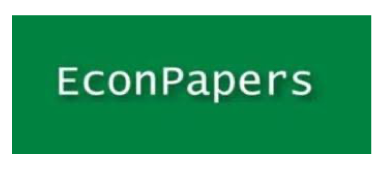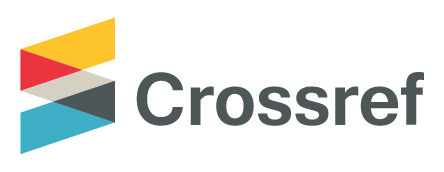Industry 4.0 and Industry 5.0 from the Lean perspective
DOI:
https://doi.org/10.53615/2232-5697.11.145-155Keywords:
Lean, Toyota Kata, Industry 4.0, Industry 5.0, Literature ReviewAbstract
Purpose: Despite the significant attention that Industry 4.0 (I4.0) has gained in the last decade, little importance has been given to shop-floor workers' role in effectively implementing these new technologies in production systems. Nowadays, several authors discuss the need to bring workers back to the center of the decision-making about implementing the new technologies in what is being called Industry 5.0 (I5.0). A key factor of using these new concepts is that it must make sense, and the new information generated by these technologies must have a precise use; otherwise, it will be considered waste. The Lean approach is already recognized as the best approach to identify and eliminate waste from production systems. Not only that, but it allows decisions about process improvement to be human-centric. Thus, this article aims to present the main aspects and evolution of I4.0 and I5.0 over time, using the Lean approach as the analysis lenses.
Study design/methodology/approach: In order to identify the mains aspects of I4.0 and I5.0, we develop a consistent literature review using the Systematic Search Flow (SSF).
Findings: As a result, it was possible to identify the evolution from I4.0 to I5.0, In I4.0, the main focus was on developing new technologies, combine them with classic Lean tools (e.g. Kanban 4.0, Poka-Yoke 4.0) and implement Cyber-Physical Systems. In I5.0, the focus is to use these new technologies together with shop floor workers to continuously improve production processes. Not only that, but in I5.0, the protagonist becomes (or return to become) the shop floor workers to lead the improvements, as is in the Toyota Kata approach.
Originality/value: This work presents a new way of interpreting the progression of concepts from I4.0 to I5.0. In addition, the focus on workers for problem solving is returning to the center of the discussion. Together with the technologies of I4.0, this represents a new area for future research.
Downloads
Downloads
Published
License
Copyright (c) 2022 Souza, R. O., Ferenhof, H. A., Forcellini, F. A.

This work is licensed under a Creative Commons Attribution-ShareAlike 4.0 International License.















